As a student I dreaded learning about the scientific method. I still have memories of sitting at my kitchen table in tears, because I could not wrap my head around independent and dependent variables. As a teacher, I don’t want my students to repeat that experience. The scientific method should be fun for students, and I can’t think of a better way to incorporate scientific experiments. I don’t like to teach the scientific method in isolation, and I don’t teach the scientific method as a completely linear process. Just like the writing process, this method is fluid and there will be times students work through the entire process and times where the entire process is not needed.
My scientific method lessons are from my science unit Simplifying the Scientific Process. It breaks down the scientific process into small, easy to understand steps, so that students could truly understand what they were doing and why they are doing it.
Scientific Process Vocabulary
After students learn how to ask a question, they begin to research their topic. As students research, they may realize that they may need to narrow or revise their question. This is definitely not students first experience with research, but it’s such a complex skill for students that I reteach research skills frequently.
After students research, they learn to make a hypothesis about their science experiment. Students write a hypothesis about the topic and experiment they chose to research and to carry out an experiment on. We also work together as a class to practice writing a hypothesis.
Scientific Procedures
The procedures portion of the scientific process are typically challenging for students. I’ve found that most students aren’t quite ready to develop their own procedures for an experiment, because they need help with sequence of events and noting all of the steps necessary for an experiment. I like to have students practice ordering the sequence of an experiment to allow them to see the importance of detailed directions. We also complete a few guided practice procedural activities together, and of course we complete some of the experiments. It can even be fun to try to complete an experiment with poorly written directions. If you do this in groups, students will notice that each group has completely different results. Be sure to discuss how good directions increase the likelihood of another science completing the same experiment and observing the same results.
It’s important for students to also learn to analyze data and interpret data, as well as represent information through graphs. This is a great way to incorporate math into your science instruction, or science into your math instruction. I also like having students determine which type of graph is best used for which type of information.
I like to work my way through the entire scientific process with students using a basic graphic organizer. In the example below students determine what type of surface absorbs the most heat. On the same form students ask a question, share what they’ve researched, make a hypothesis, list the materials, share the procedures, record the data, and create a graph to share the results of the experiment.
There is also a one page form for the entire scientific method, which can be helpful for students.
In the resource, there is also a large variety of graphic organizers and worksheets to help my students better understand each part of the process. I’ve also included a mini experiment for some hands-on practice.

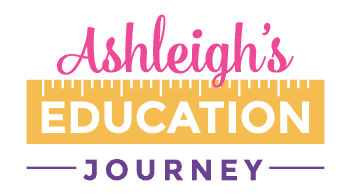
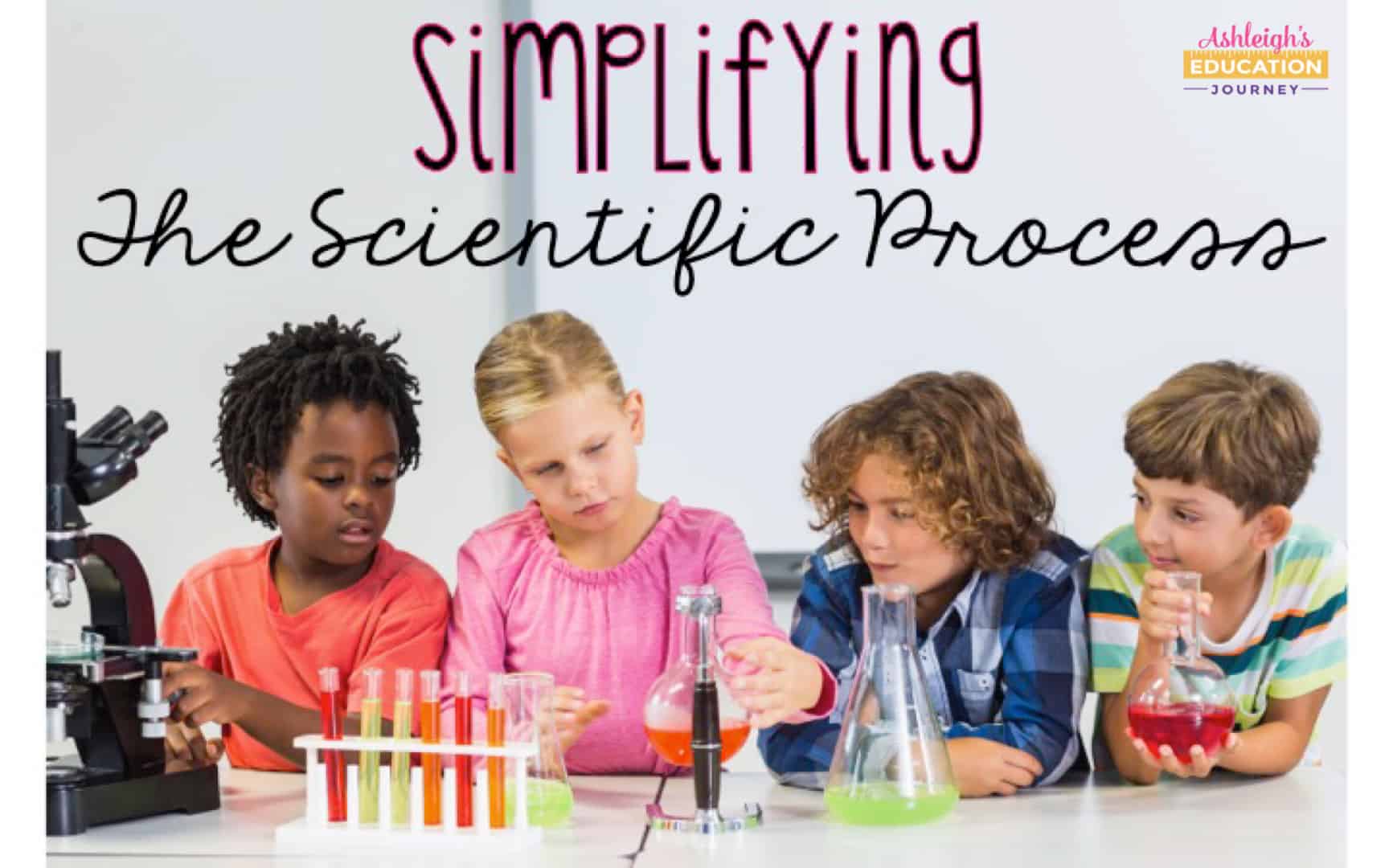
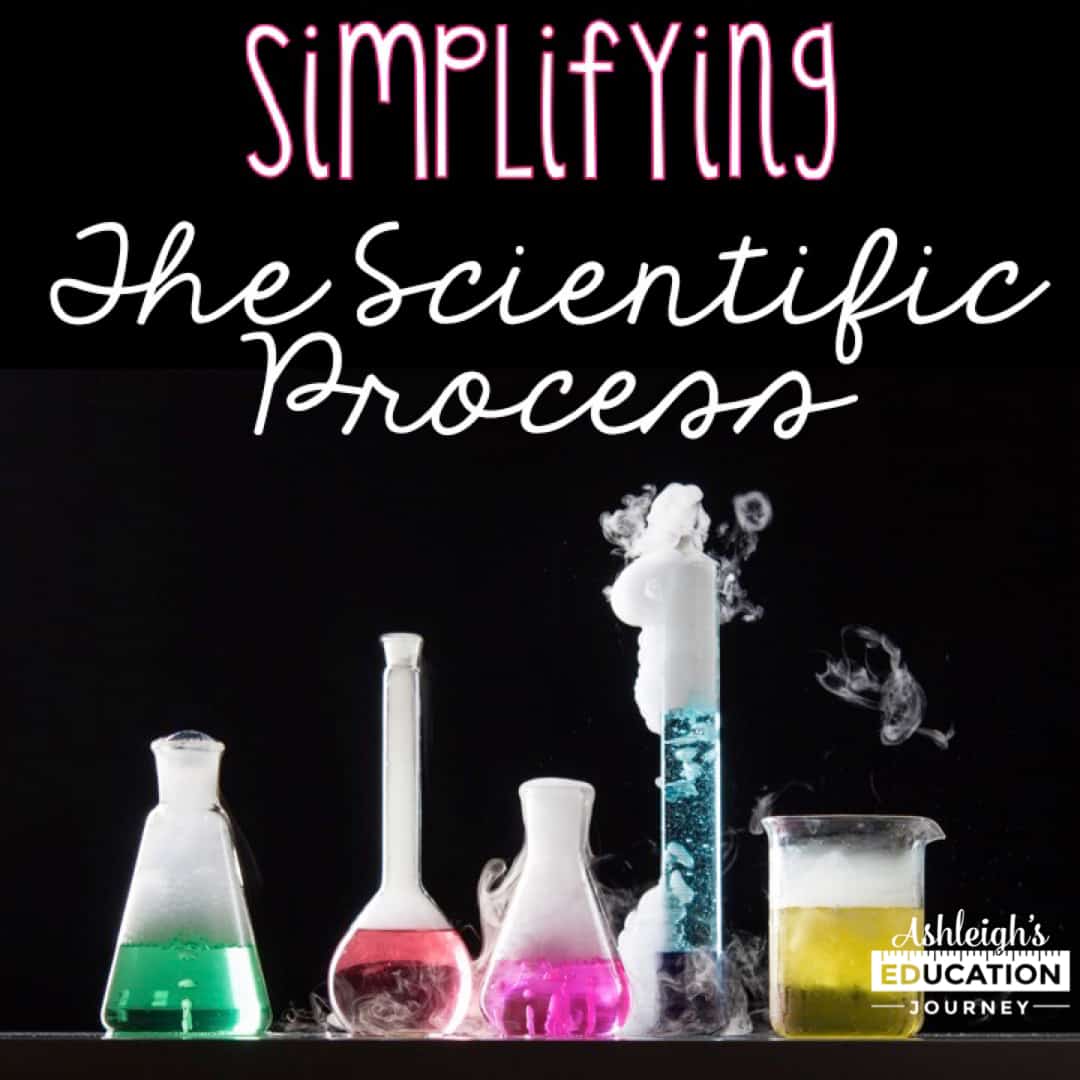
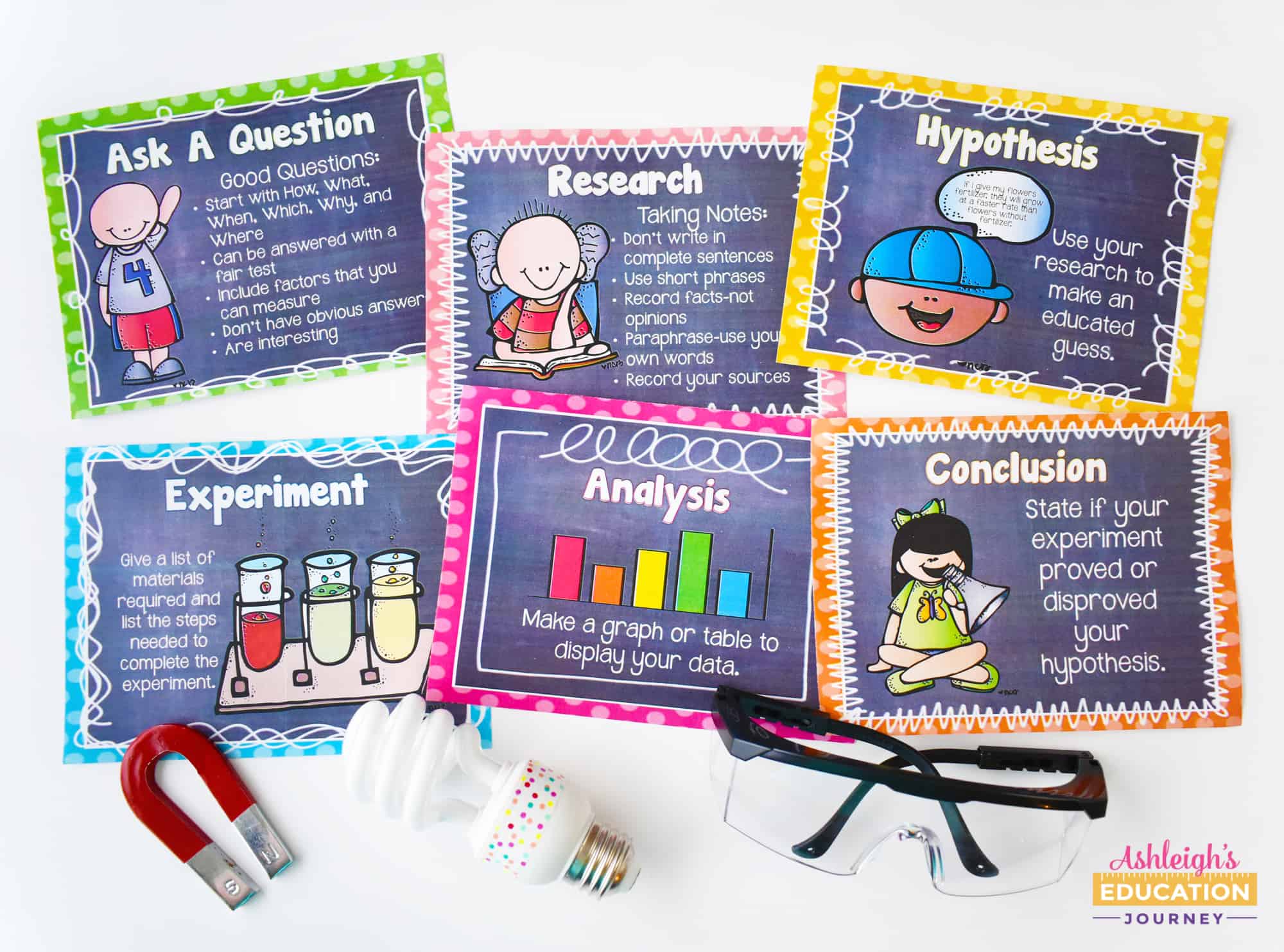
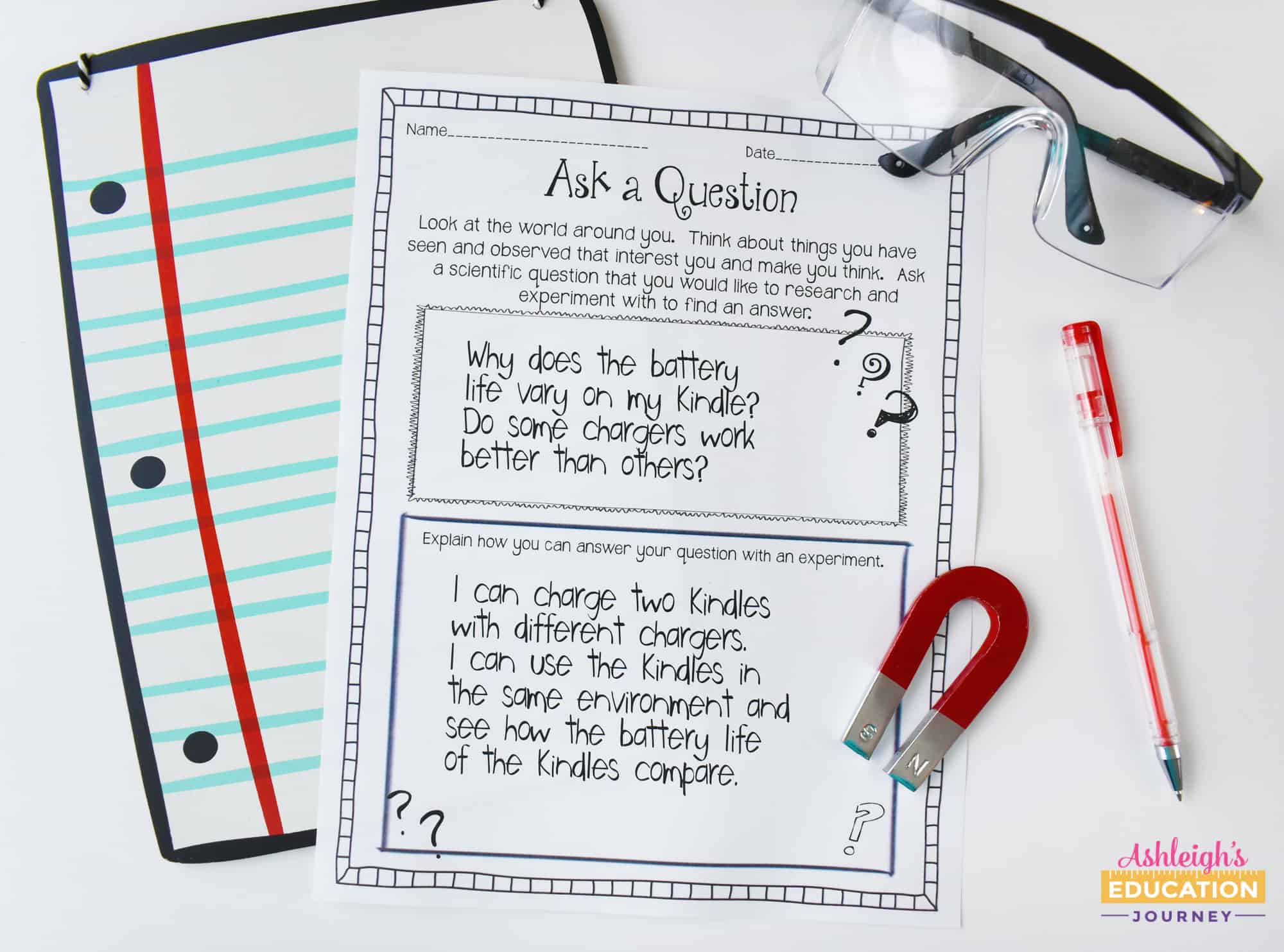
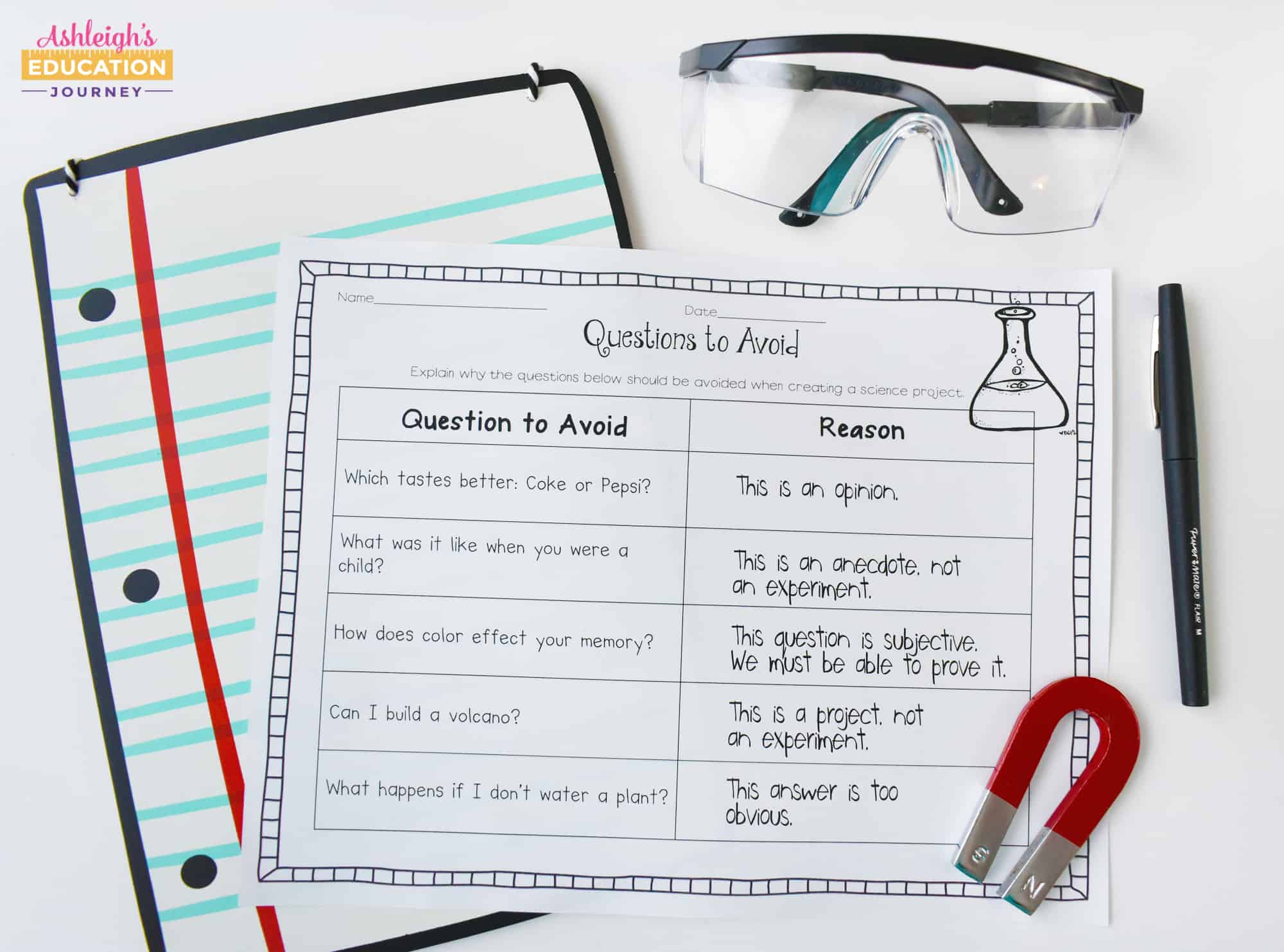
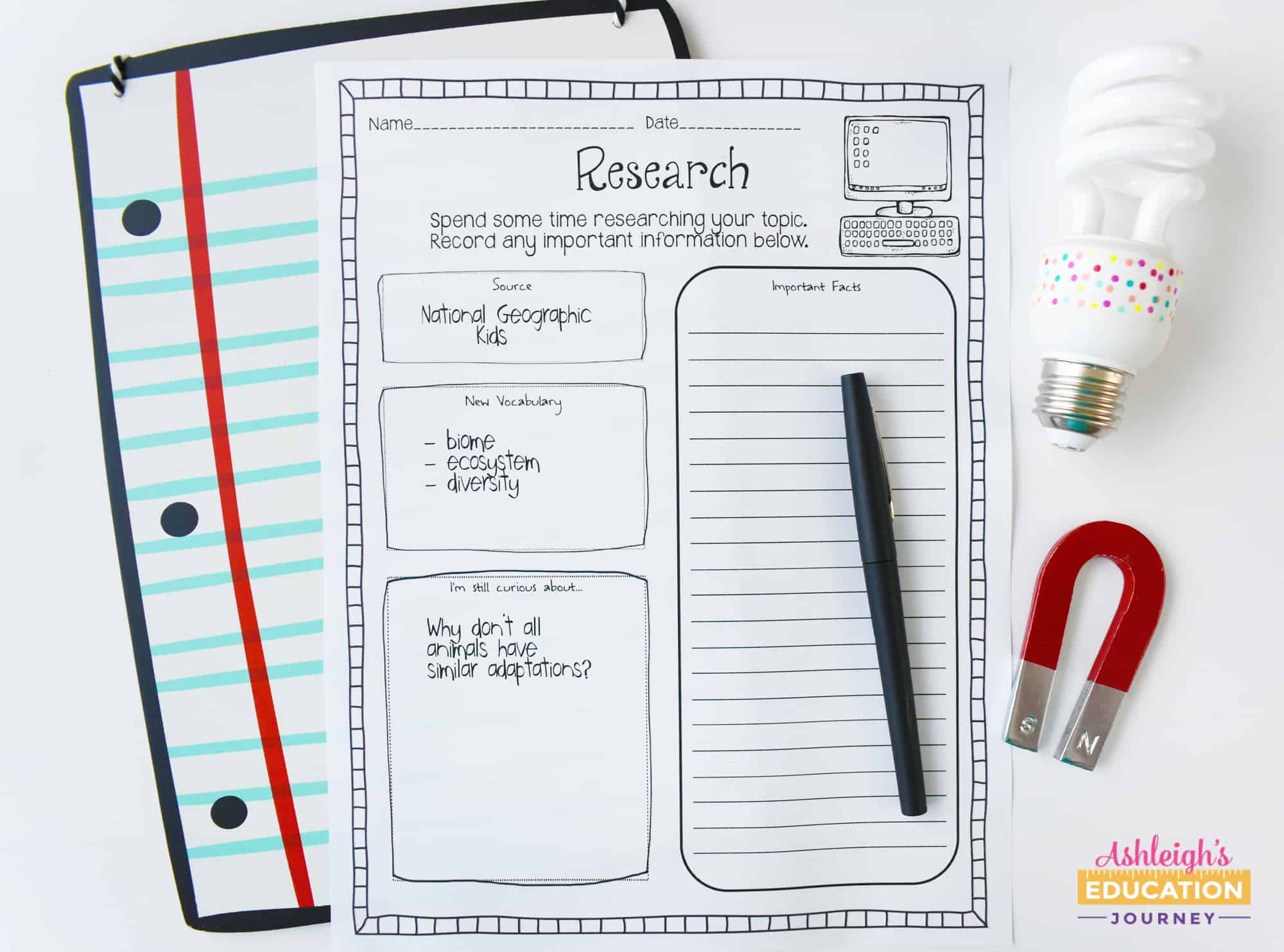
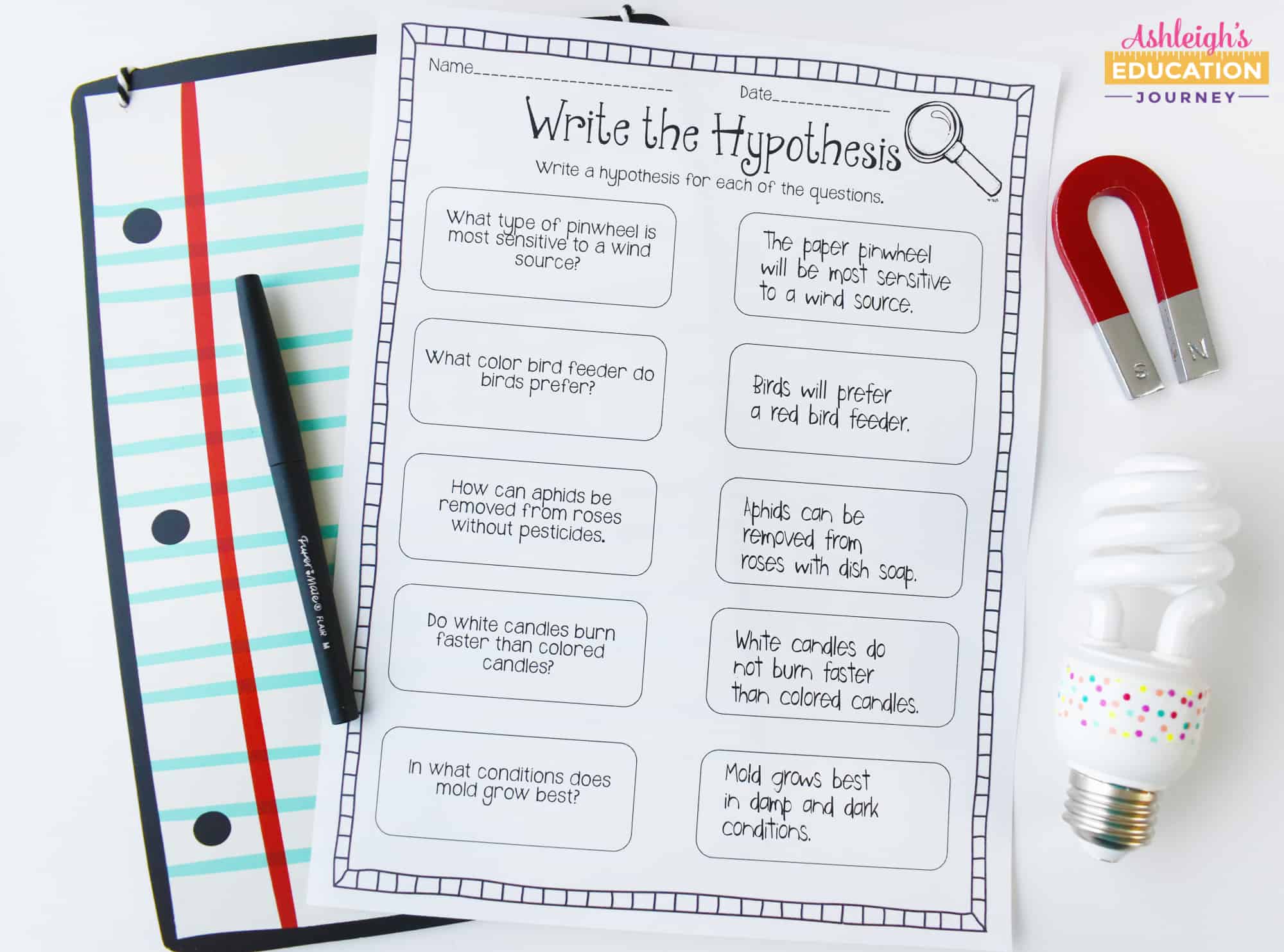
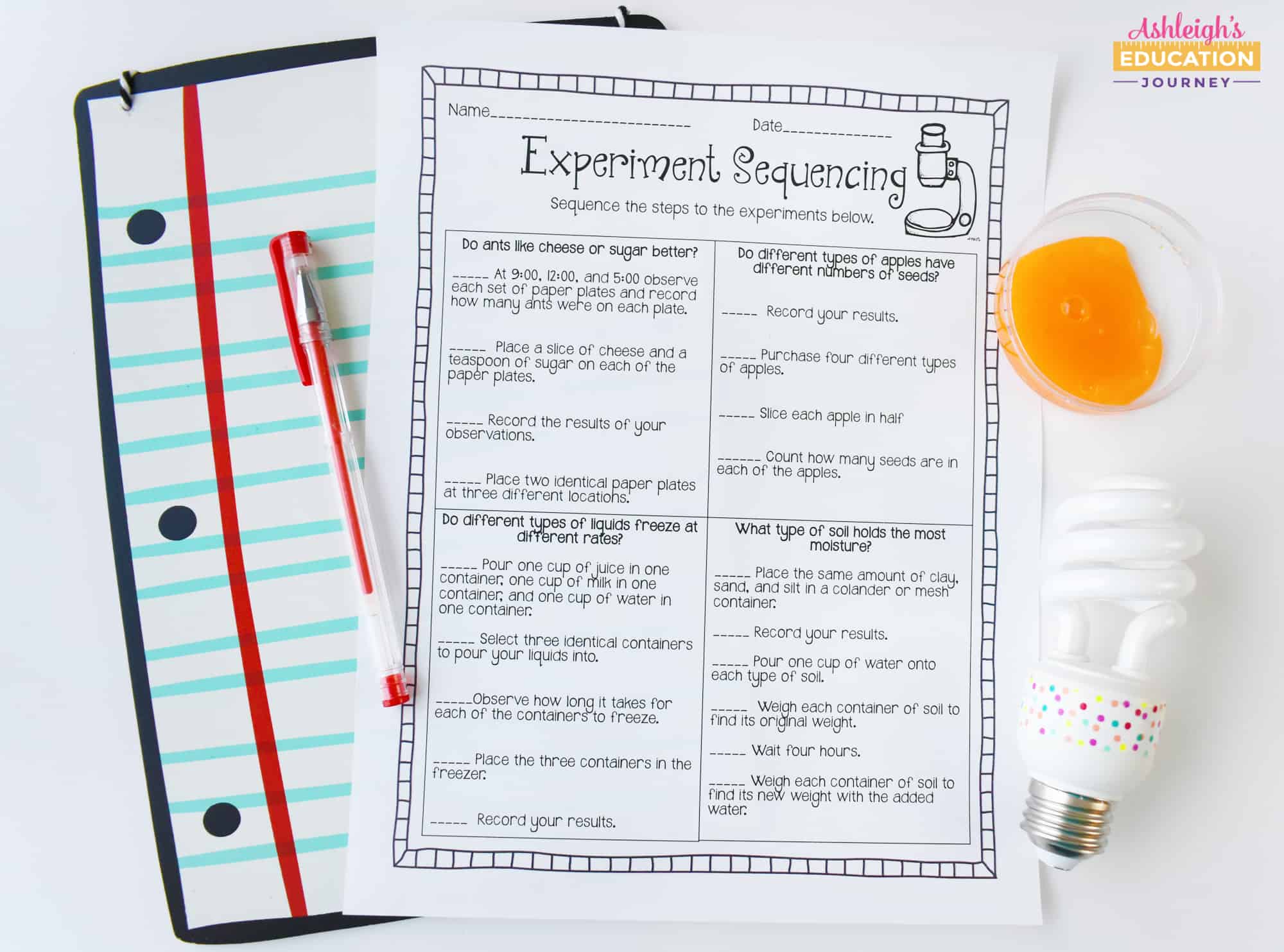
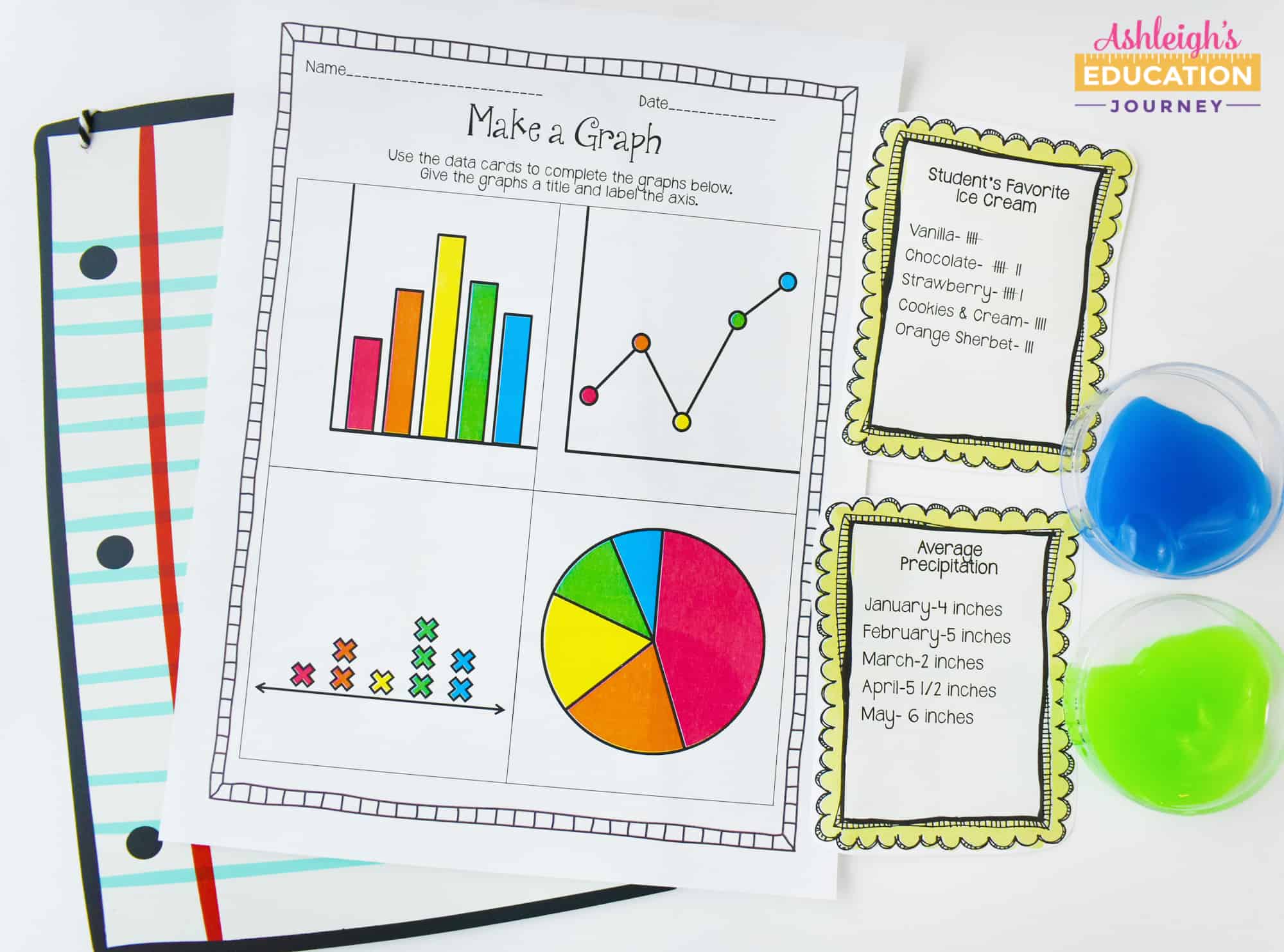
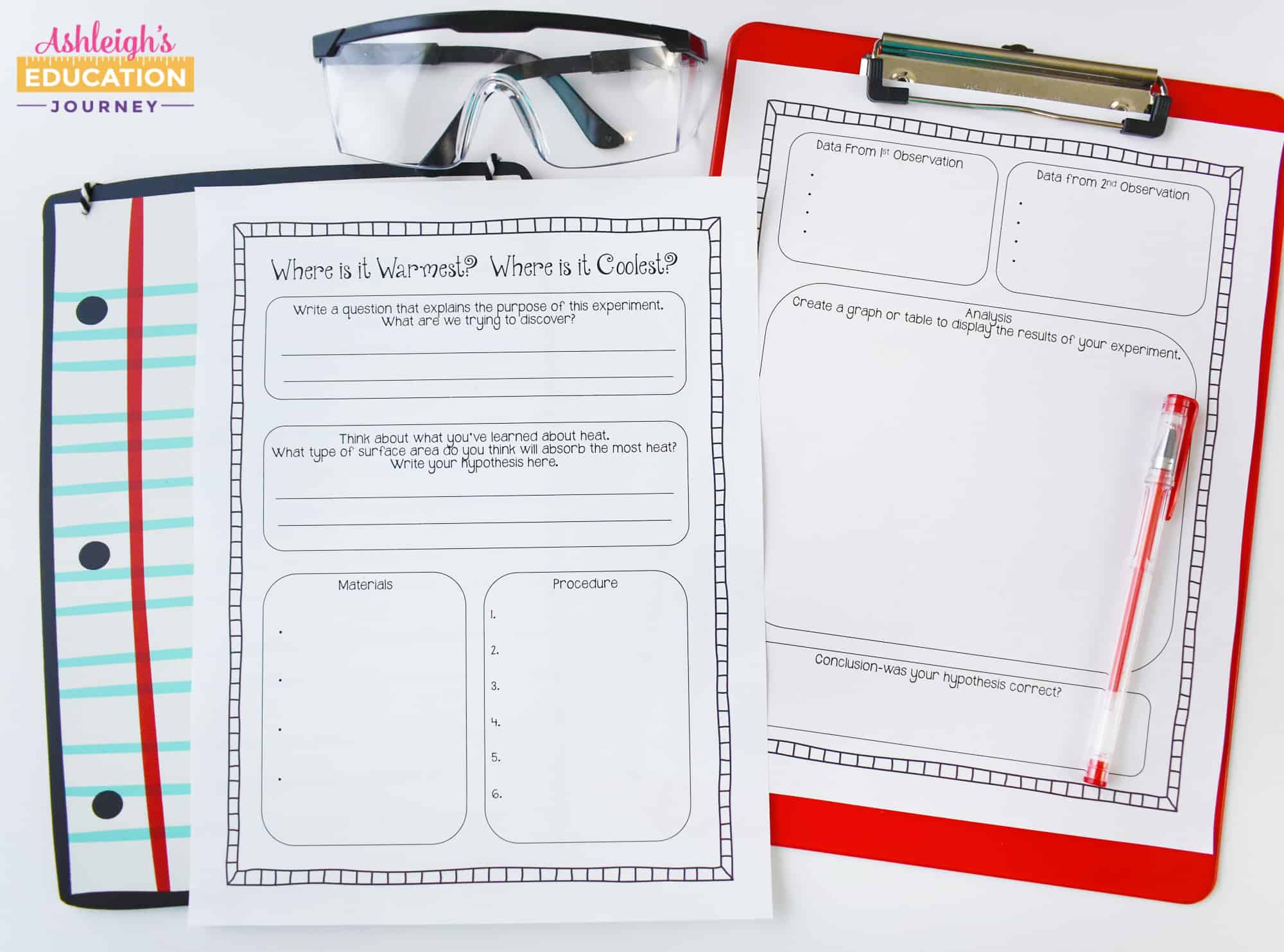
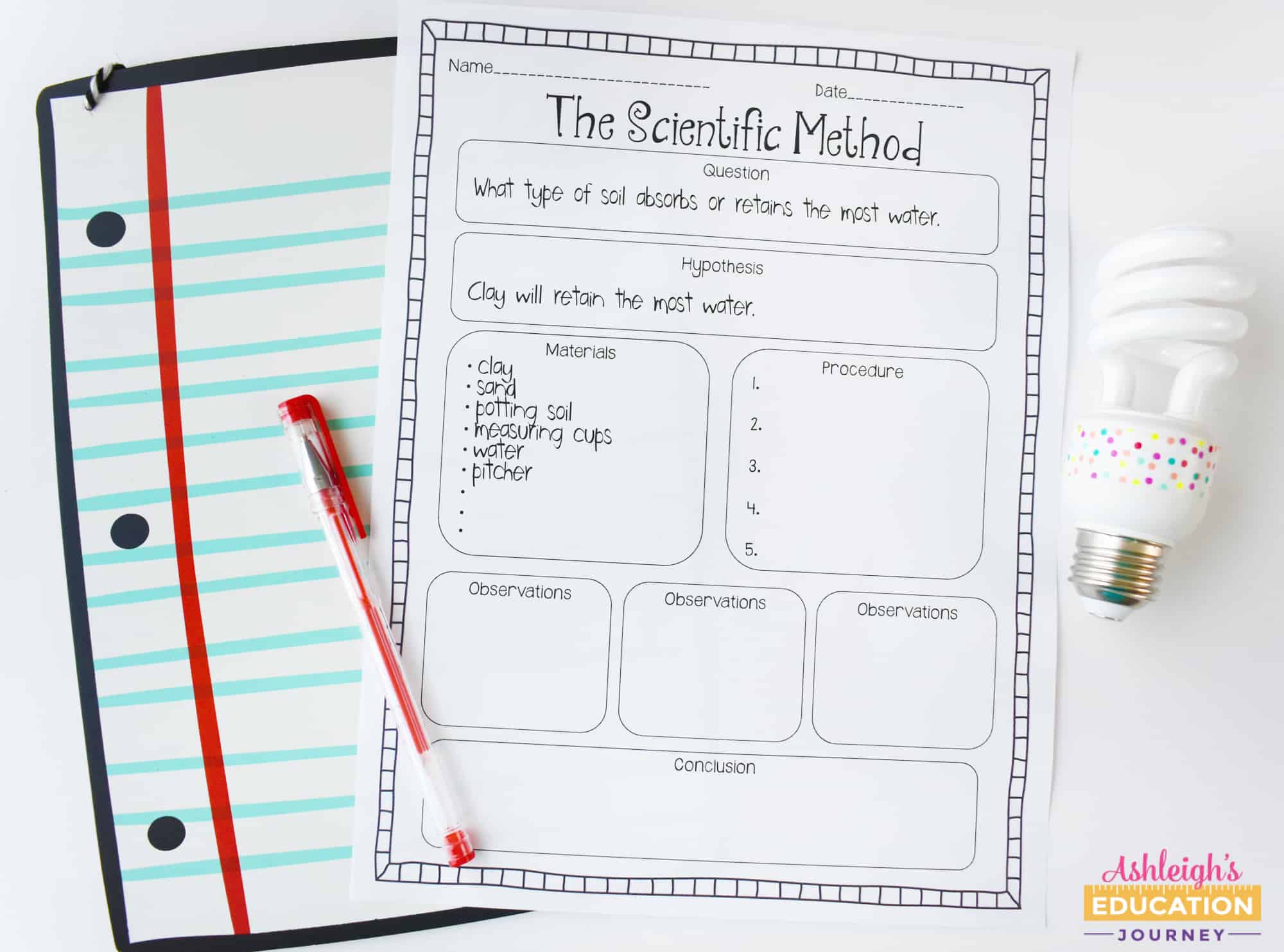
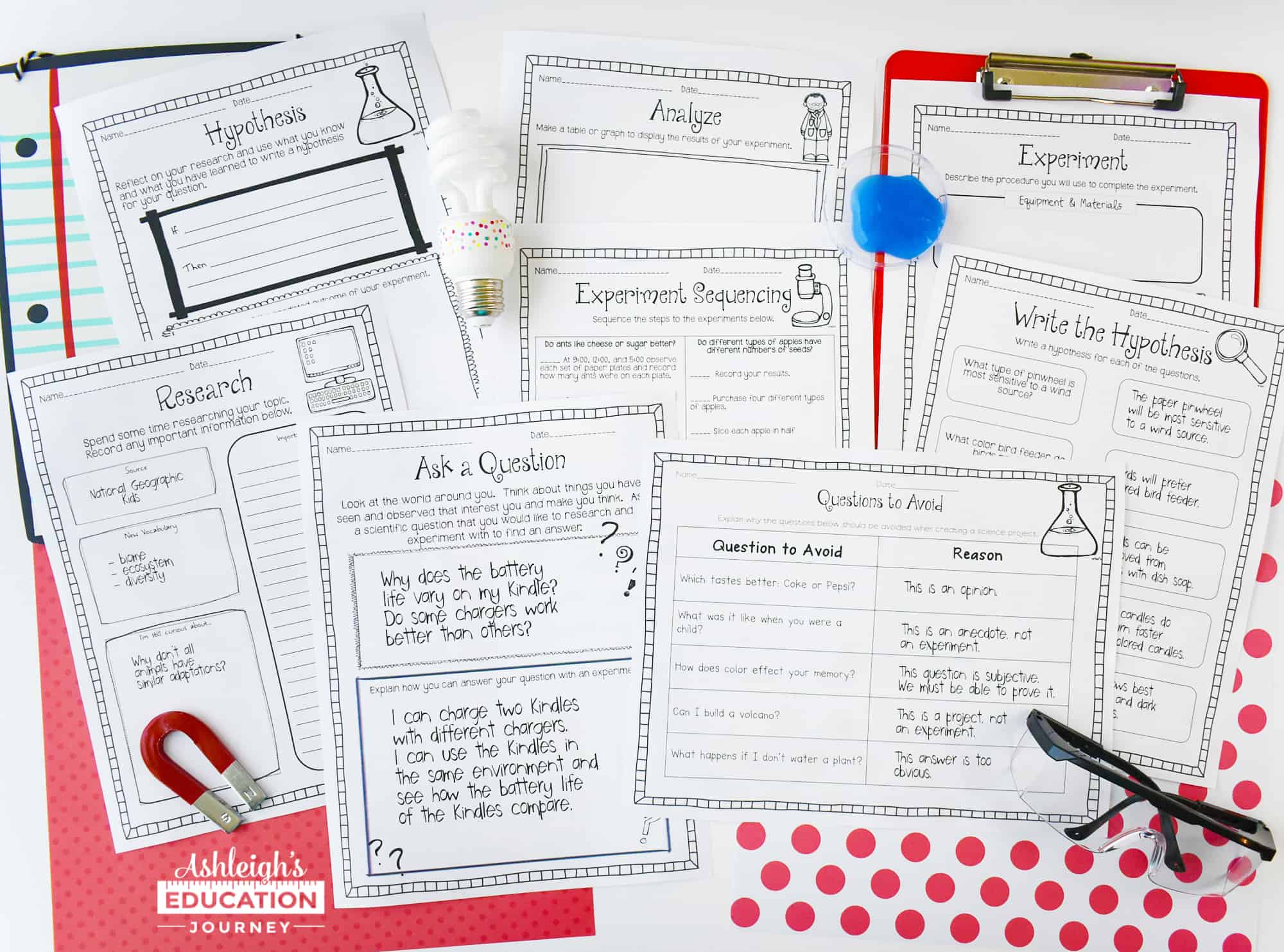
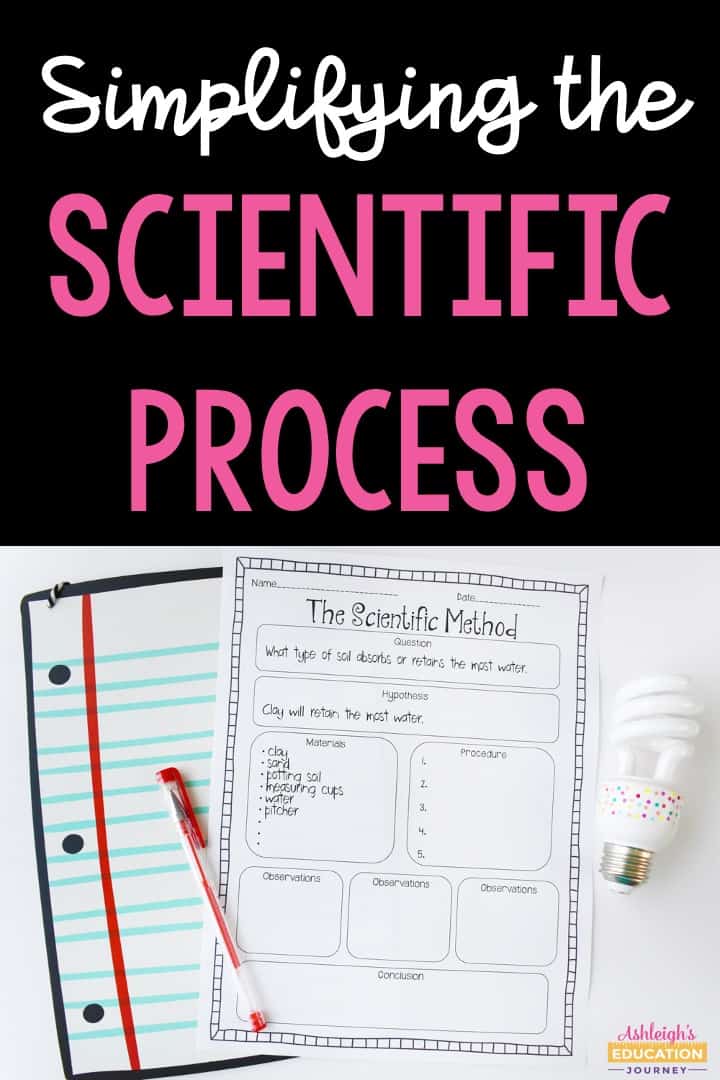
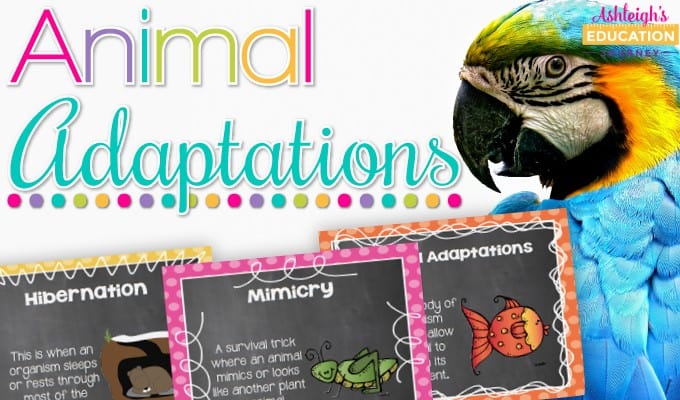
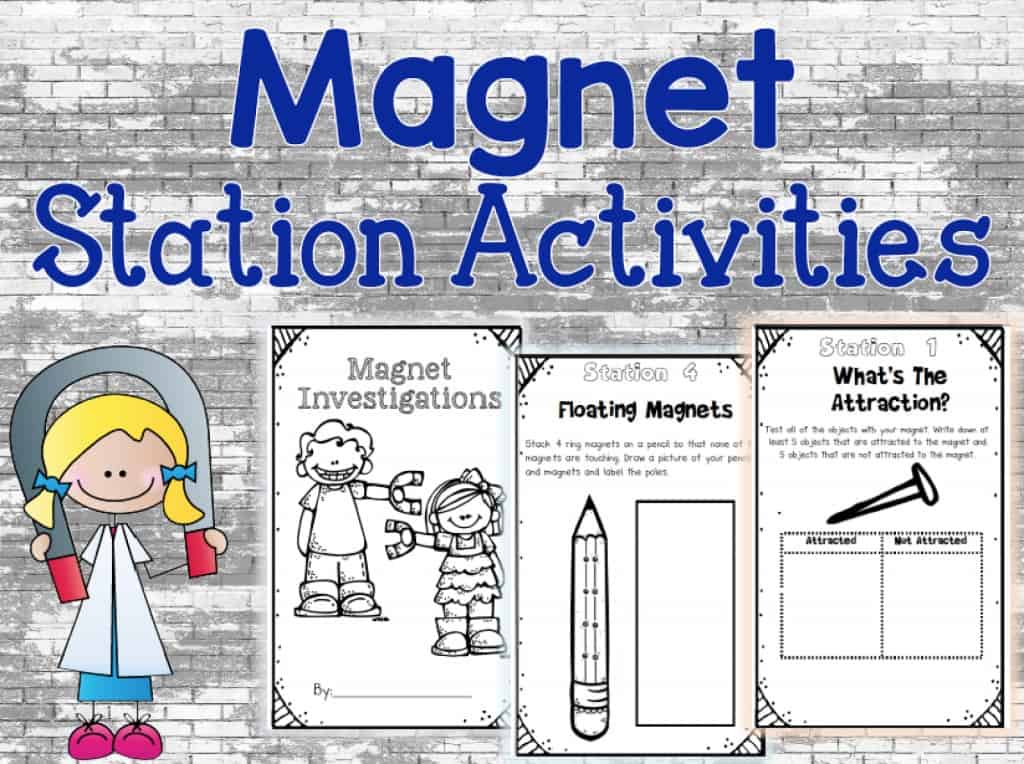
Hi Ashleigh! This is a great resource, and really cute! Thanks!! Before I purchase, I am wondering if it is possible to create and/or change a poster that uses the term prediction rather than hypothesis? (I just attended a NGSS seminar, here in Illinois, and was told we needed to move away from the word hypothesis. I was surprised, but they are trying to use more terms across curriculum.) Thank you!
Hello Ashleigh! Thanks a bunch for so great ideas to teach our students. It has been very helpful.